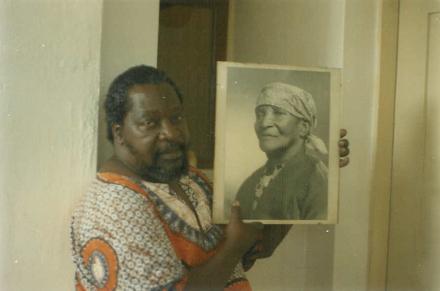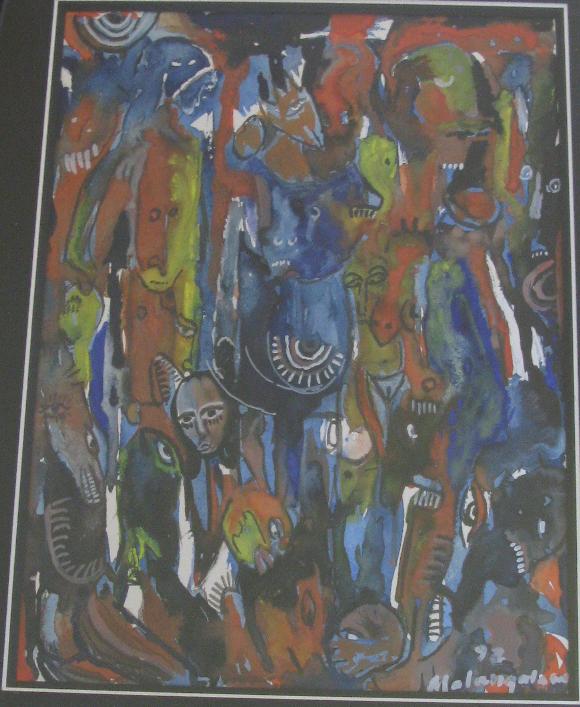Stories
National culture of peace programmes
Missions for the culture of peace
The failure of the culture of peace programme
Brothers for Peace
* * *
At one point I took charge of the development of a National Culture of Peace Programme for Mozambique. I undertook a number of missions to Mozambique, for which there are detailed descriptions in my mission reports in the culture of peace file at Wesleyan, and and a brief description on pages 9 and 10 of my brief history of the culture of peace.
When I would go to a country to work there I would look up the local Communists, Quakers and Mennonites and obtain their perspectives for my work. In Mozambique I got to know a wonderful Communist, one of the few doctors who had not fled the country, Ivo Garrido. And through the Quakers, I made the acquaintance of a wonderful Methodist minister, an Albino Negro named Jamisse Taimo.
But perhaps the most remarkable person I met through these connections was a member of the Movimento pela Paz of Mozambique named Malangatana.
Malangatana was a bit older than me (I think), but enormously energetic and gifted. He was known as one of the finest painters in Africa, yet he continued to live in the poor neighborhood near the Maputo Airport where each Saturday he would host the barefoot children of the neighborhood to paint with colored sand on the ground.

On one of my missions, I had the privilege of going with Malangatana and some UN colleagues out into the countryside to his ancestral land where he had grown up with his mother in a little house (both since gone). In the photo below, Malangatana holds a photo of his mother. He told of having known an anthropologist when he was a child who had come to the countryside to study the people's customs. We had gone to the countryside that day to help him materialize his dream of establishing an art school and art colony on that land, I have a wonderful photographic record of the day, including Malangatana in front of his family's ancestral tree. .

One of my most vivid recollections of Malangatana was when he came one year to the General Conference of UNESCO representing Mozambique and was asked to speak at a certain point before the assembled diplomats. Instead of speaking, he took the microphone and began to sing in a deep, almost operatic but untrained voice, a song for peace! I think never before has the bureaucratic procedures of the General Conference been so beaufully undone!
Unfortunately, as described elsewhere, the Mozambique National Culture of Peace Programme was destroyed by the indifference of the powerful Member States, and I was not able to stay involved or to maintain contact with Malangatana and my other Mozambican friends. One thing I keep to this day, however, hanging on the wall next to me as I work, and that is a small painting that I bought from Malangatana when I visited his home during one of my missions to Maputo.

 |
Stages
1986-1992
Fall of Soviet Empire
1992-1997
UNESCO Culture of Peace Programme